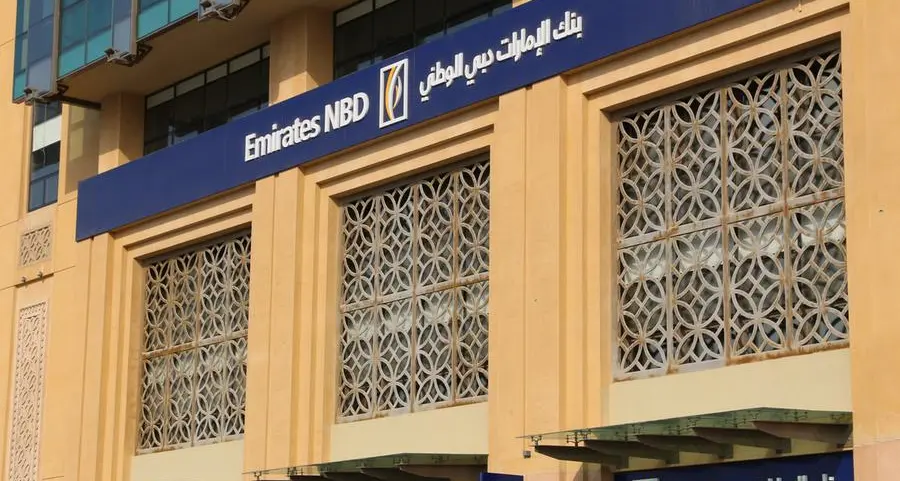- This ambitious mission undertaken by the UAE to study the surface of the moon is considered a gateway for future exploration of other planets.
Dubai, United Arab Emirates: The Mohammed Bin Rashid Space Centre (MBRSC) announced the successful lunar orbit insertion by Rashid Rover, the first Emirati rover to land on the surface of the moon. The rover is now just one step away from making history.
The iSpace lander carrying the Rashid Rover performed its first lunar orbit insertion manoeuvre in accordance with the mission operation plan, at 5.24 AM UAE time on March 21, under the direction of lander engineers. After a controlled burn from the lander’s main propulsion system lasting several minutes, the manoeuvre was successfully completed.
The insertion into lunar orbit is an important step toward the upcoming milestones of the Rashid Rover, beginning with the remaining 5 subsystem checks.
The completion of all lunar orbital manoeuvres prior to the beginning of the landing sequence, which is scheduled to be announced around late April 2023. Specific information on the date and time of the landing will be announced in the upcoming few days.
Rashid Rover Milestones;
Post the successful completion of the first milestone that is the Launch and Early Orbit Phase (LEOP), and the second milestone the cruise phase, Rashid Rover is now on its way to complete the third milestone - the Arrival Phase (Entry, Descent, and Landing). This will be the most intense of all, as the lander will have to land on the lunar surface based on its system’s calculation to stay on course for a specific landing spot on the moon.
The next is the Deployment, Commissioning and Drive-off phase. Once the Lander has landed on the lunar surface, deployment, commissioning and drive-off command sessions will begin. Following completion of the post-landing checkout, instrument commissioning and initial data collection will begin.
Following that is the Nominal Surface Operations phase, which is the mission itself. For 10-12 days, the Rashid rover will conduct continuous surface research and image capture.
The final two phases after the lunar day are hibernation and last decommissioning. The rover prepares for the lunar night. When the secondary communication is activated, all information captured is downloaded and every effort is made to ensure that no information is missed, before the hibernation phase. The chances of the rover restarting are slim; however, if the rover is activated after the lunar night then the mission will be extended to operate throughout the second lunar night which will end by the decommissioning phase.
This ambitious mission undertaken by the UAE to study the surface of the moon is considered a gateway for future exploration of other planets.
The mission is funded by the ICT Fund of the Telecommunications and Digital Government Regulatory Authority (TDRA) which aims to support research and development in the ICT sector in the UAE.
For more information, visit - https://www.mbrsc.ae/service/emirates-lunar-mission/
-Ends-
For Media Queries:
MBRSC Media Team – mbrsc@quillmena.com
ABOUT MOHAMMED BIN RASHID SPACE CENTRE (MBSRC):
MBRSC is an advanced scientific and technological hub, responsible for making the UAE a world leader in space services and exploration.
Established in 2006, the Mohammad Bin Rashid Space Centre (MBRSC) started out with five engineers, who took it upon themselves to develop their capabilities and expand their knowledge in the field of space, relying on strong will and solid determination. Since then, the Centre has continued its journey to be the incubator of the “UAE National Space Programme”. The MBRSC has undertaken the tasks of building, developing, and operating a number of Earth observation satellites, providing imaging services, analysing and studying them, as well as producing relevant data to scientific communities and research centres around the world. Among the satellites that the Centre operates are DubaiSat-1 & DubaiSat-2. The MBRSC is also responsible for KhalifaSat, celebrated as the first satellite that was fully built by Emiratis in 2018. The Centre is further developing the MBZ-SAT satellite, the latest in the field of high-resolution imaging from outer space, which is expected to be launched at the end of 2023 and to be.



















